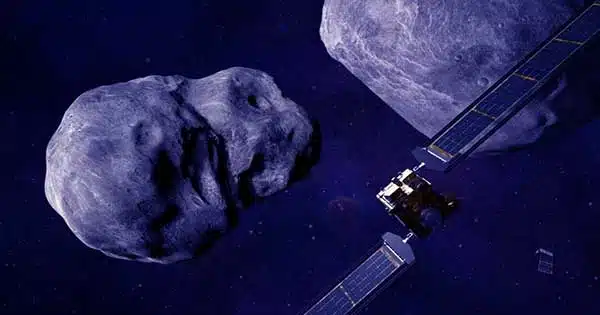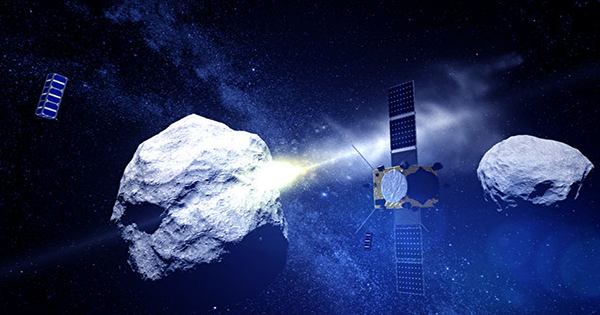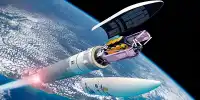Asteroids are leftovers of our solar system’s early development. They primarily revolve in the asteroid belt, which is positioned between the orbits of Mars and Jupiter. However, these space objects can be discovered outside of the asteroid belt and can travel very close to Earth. If they strike, this may be dangerous! NASA has a number of observatories in orbit and on the ground that have captured two dangerous 120-foot asteroids that are approaching Earth today.
According to information from CNEOS, the first asteroid, designated 2023 JK, is around 120 feet wide, about the size of an airliner, and is moving at a quick 33,420 kilometers per hour. The second space rock, designated asteroid 2023 JD4, is the same size and is traveling at a speed of 37,141 kilometers per hour toward Earth.

Not simply that these enormous rocks will come quite close to Earth. According to NASA’s website for tracking asteroids, asteroid 2023 JK will pass by Earth in just 1.03 million kilometers. Similarly to that, asteroid 2023 JD4 will pass within 1.93 million miles of Earth.
Do these asteroid threats exist? Details are provided by NASA.
Upcoming asteroid danger: The Jet Propulsion Laboratory’s Center for NEO Studies maintains a list of near-Earth objects (NEO5) that may approach Earth, with the goal of identifying any threats ahead of time. JPL at NASA classifies space rocks greater than 150 meters in diameter and approaching Earth within 4.6 million miles as “potentially hazardous objects.”
These asteroids, thankfully, are not classified as potentially harmful. However, a planet’s gravitational field can sometimes modify its trajectory, potentially bringing them even closer to Earth. This increases the likelihood of a disastrous hit.
NASA’s tech for tracking asteroids: To keep an eye on these asteroids, NASA employs a variety of technology, including satellites and telescopes. Some of the most thorough characterization information for NEOs that approach Earth close enough to be spotted comes from planetary radar observations made by radio telescopes at NASA’s Deep Space Network and the Arecibo Observatory in Puerto Rico, which is operated by the National Science Foundation.
In addition to these, a number of telescopes and observatories, including the NEOWISE telescope, the Catalina Sky Survey, and Pan-STARRS, assist in tracking these asteroids.















